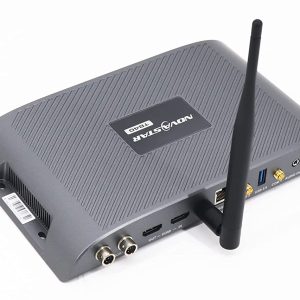
LED displays have become an integral part of modern-day advertising, entertainment, and communication. These displays have evolved significantly over the years, from simple message boards to high-resolution video walls. However, what powers these displays and makes them so versatile and dynamic is the LED display processor. In this article, we will explore the role of LED display processors, their benefits, and how they work.
What is an LED Display Processor?
An LED display processor is a device that processes and distributes video signals to LED displays. The processor receives video inputs from a variety of sources, such as cameras, computers, and media players, and processes them into a format that is compatible with the LED display. The processed signals are then distributed to the individual LED panels to create a seamless and high-quality display.
The LED display processor acts as the brain behind your LED displays, controlling and managing the content that is displayed. Novastar processors can be controlled using a variety of software programs, which allow users to customize the content, adjust the brightness and contrast of the display, and more.
Benefits of LED Display Processors
There are many benefits of using an LED display processor for your LED displays, including:
- Flexibility: LED display processors are highly flexible and can be used with a variety of input sources, making them ideal for a wide range of applications.
- Customization: LED display processors allow for a high level of customization, allowing users to display a wide range of content, including video, images, and text.
- High-quality output: LED display processors are designed to deliver high-quality output, ensuring that your content is displayed in the best possible way.
- Easy to use: LED display processors are typically designed to be user-friendly, making it easy for even non-technical users to operate the display.
How do LED Display Processors Work?
LED display processors work by receiving video inputs from a variety of sources and processing them into a format that is compatible with the LED display. The processor can then distribute the processed signals to the individual LED panels, allowing for a seamless and high-quality display.
The LED display processor can be controlled using a variety of software programs, which allow users to customize the content, adjust the brightness and contrast of the display, and more. These software programs are typically designed to be user-friendly, making it easy for even non-technical users to operate the display.
Conclusion
LED display processors are the brain behind your LED displays, allowing you to deliver dynamic and engaging content to your customers. With their flexibility, customization options, and high-quality output, LED display processors are ideal for a wide range of applications, from advertising and entertainment to communication and education. As technology continues to evolve, we can expect to see even more innovative uses for LED display processors in the years to come.